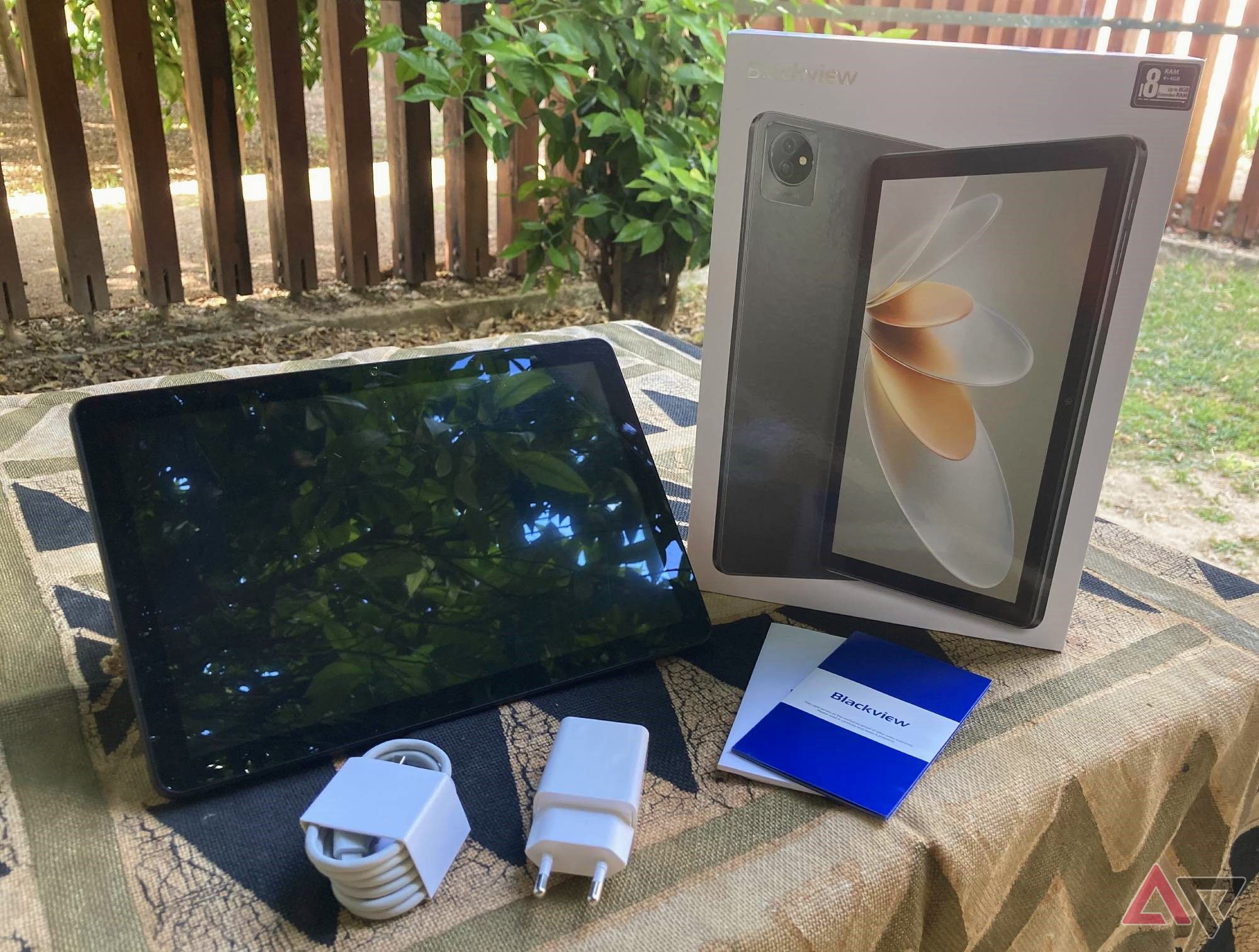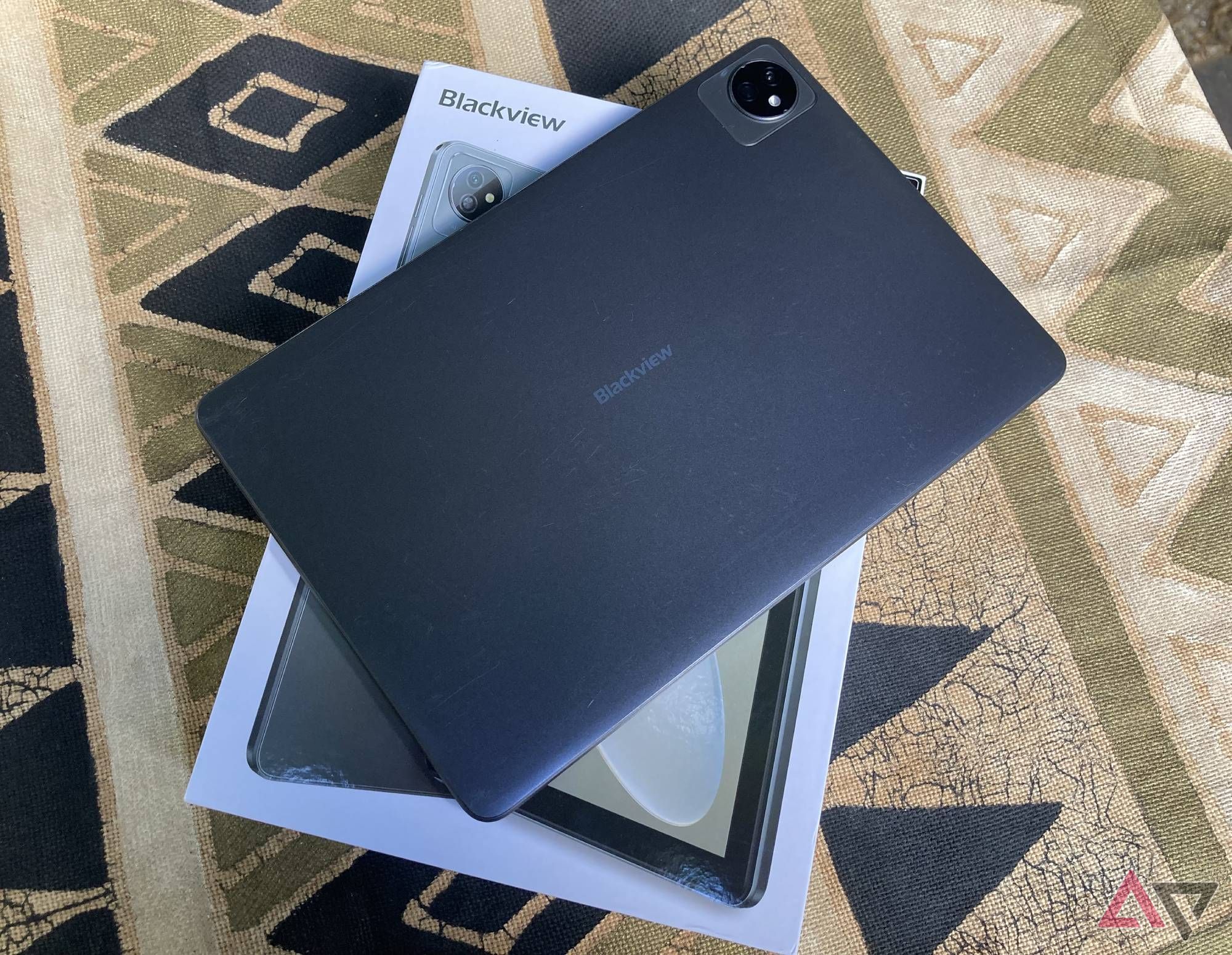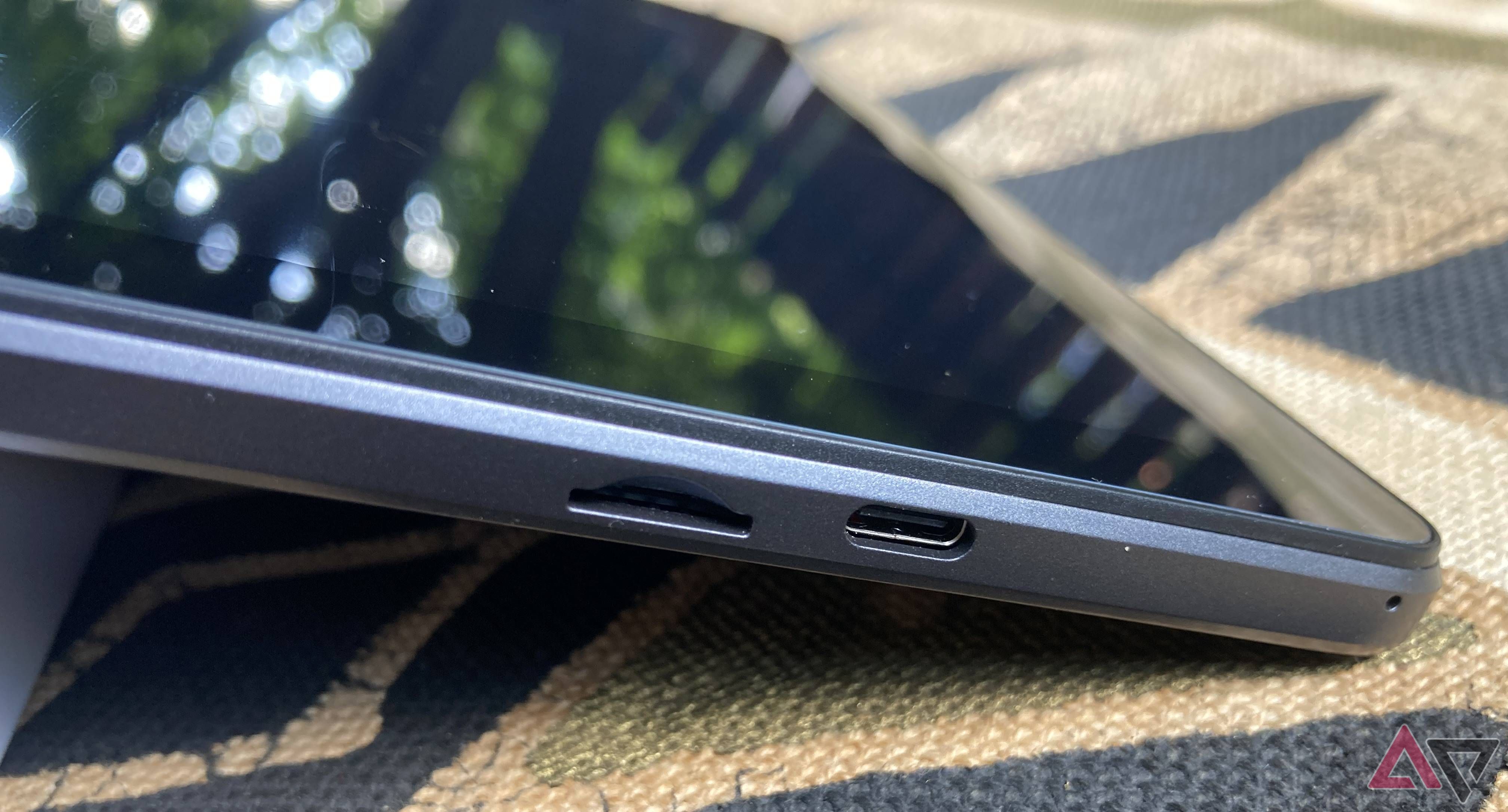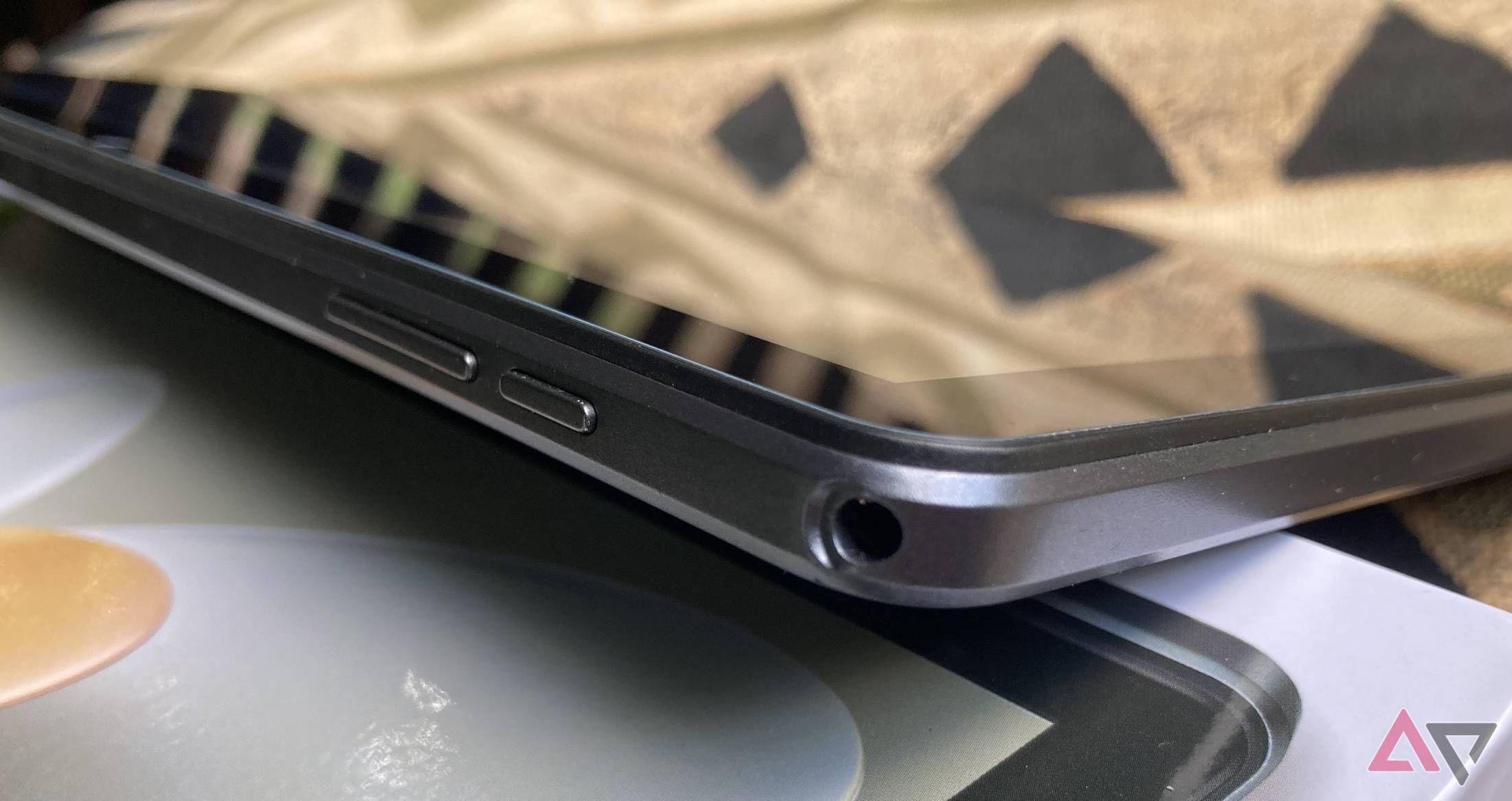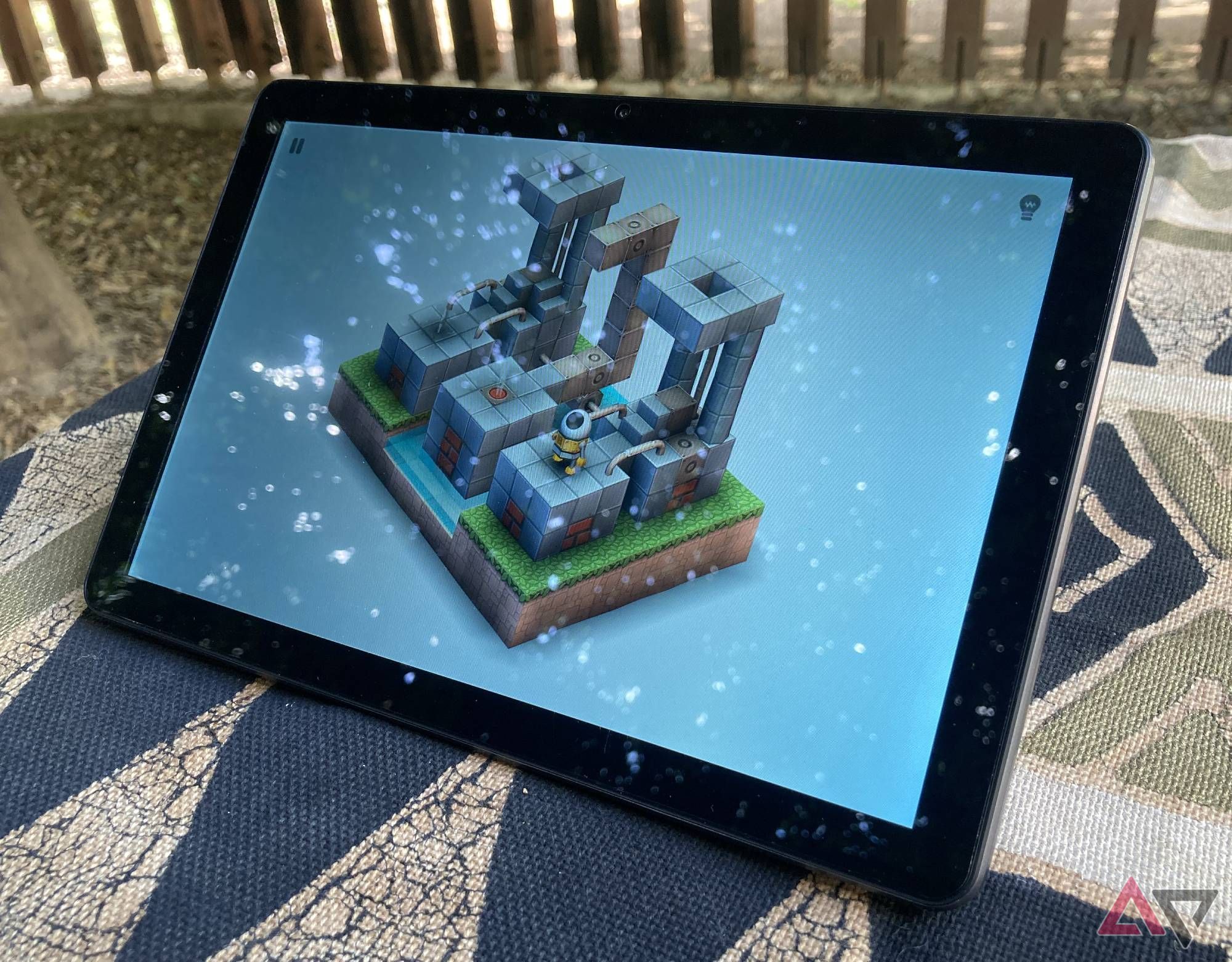It’s impressive that humanity has figured out how to build powerful mobile devices around components measuring in the nanometers, so it’s not entirely shocking how expensive some are. On the other hand, some of today’s budget-friendly electronics show a surprising amount of promise.
So I’m willing to be a little forgiving when a super-cheap tablet like the Blackview Tab 70 Wi-Fi pops up, in hopes it can satisfy somebody’s needs, despite underperforming hardware — because you don’t necessarily need even a midrange SoC to surf the web and send emails. However, while Blackview’s 10-inch tablet runs about as fast as a $100 device should, the overall experience isn’t great.
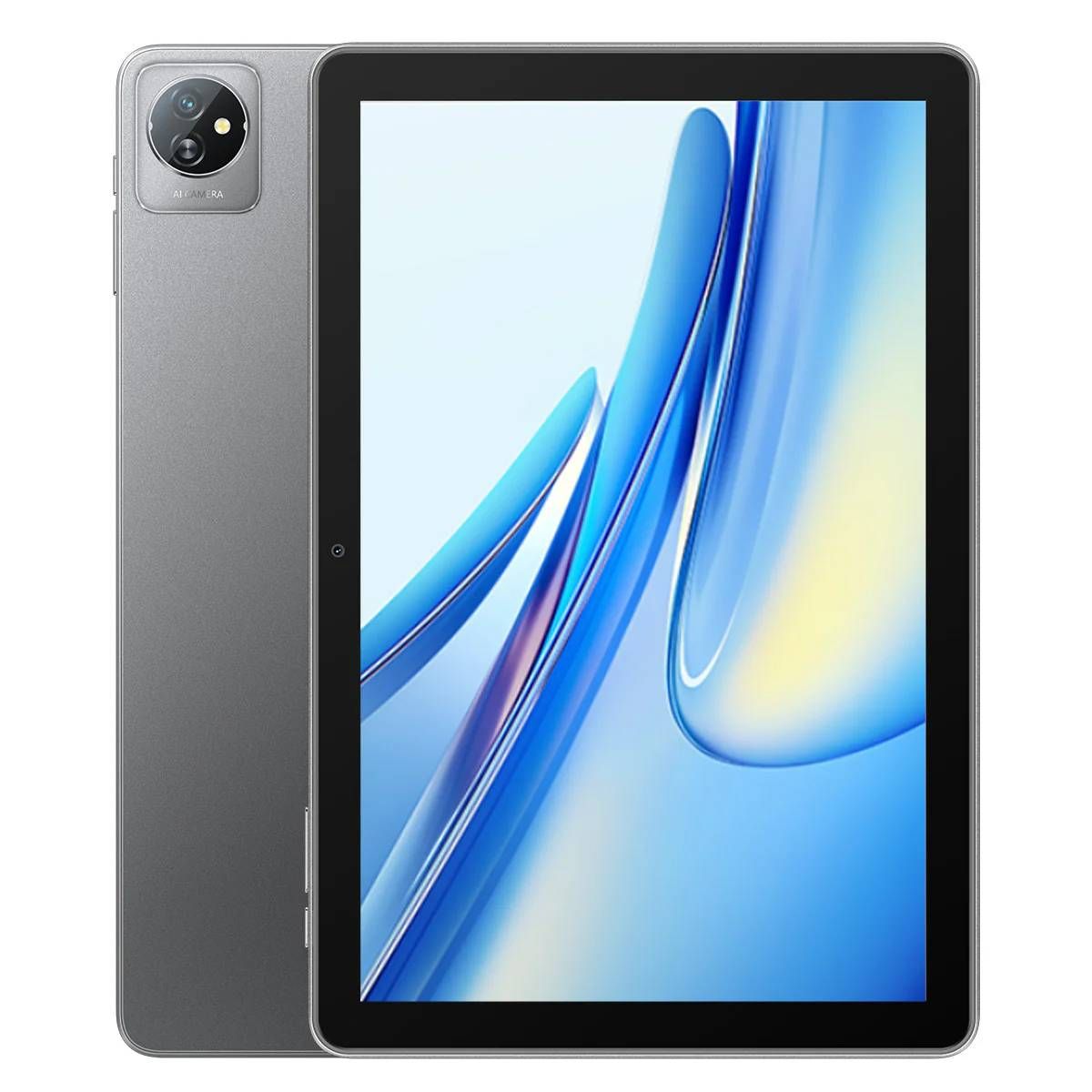
Blackview Tab 70 Wi-Fi
$90 $160 Save $70
Blackview’s Tab 70 Wi-Fi is as basic as a tablet gets. Its quad-core SoC, 4GB of RAM, and 64GB do let you boot up Android 13, browse the internet, and use basic apps. But it’s severely held back by slow hardware, lethargic charging, various odd bugs, and misleading specification claims.
- Costs next to nothing
- Browses the web and runs some apps well
- Acceptable battery life
- Laggy performance and touchscreen
- Painfully slow charging
- Clumsy software implementation
Price and availability
The Tab 70 Wi-Fi lists at $160, but Blackview doesn’t actually want you to pay that much — it’s nearly always on sale at the manufacturer’s website and, more conveniently, Amazon. According to our Blackview representative, its three variants offer 3, 4, and 8GB of RAM, with each supplemented by an equal amount of virtual memory (which wasn’t activated properly on its own).
I could only track down the 4GB version on Amazon, but it’s available on the Blackview Hong Kong website, and it apparently ships to the US.
Specifications
- SoC
- Rockchip RK3562 (4×2.0GHz Cortex-A55)
- Display type
- IPS, 60Hz
- Display dimensions
- 10.1″, 16:10
- Display resolution
- 1280 × 800
- RAM
- 4GB
- Storage
- 64GB
- Battery
- 6,580mAh
- Charging speed
- 10W (claimed)
- Charge options
- Wired USB-C (USB-A to USB-C only)
- Ports
- USB-C, 3.5mm audio, microSD card
- SIM support
- No
- Operating System
- Android 13, Doke OS P3.0
- Front Camera
- 2MP
- Rear Camera
- 5MP
- Wi-Fi connectivity
- Wi-Fi 6 (partial)
- Bluetooth
- 5.0
- Dimensions
- 246.5 x 163 x 9.9mm
- Weight
- 521g
- IP rating
- None
- Colors
- Dark gray, light blue
- Stylus
- No
What’s good about the Blackview Tab 70 Wi-Fi?
At least it’s well-built
The most obvious (and just about only) selling point is the price. The fact that you can snag a battery-powered device with a working touchscreen and functional Android implementation for the price of a few family outings to McDonald’s is worth a mention. There aren’t many tablets in this price range.
It’s also reasonably well-built. It’s not particularly thin or light, but it doesn’t flex, rattle, or squeak (yet, anyway). The bezel’s a little big, but it does make it easy to hold. The battery isn’t terrible, either — I actually managed nearly 7 hours of screen-on time in a video playback test, which is a little more than the manufacturer claims. Speaking of video, it does have the Widevine L1 certification needed to play Netflix in HD. Although the screen’s a little pixelated, it’s decently bright for outdoor use (not in direct sunlight, though).
Otherwise, not much stands out about this thrifty device. It runs basic apps, and if you’re patient, you can browse most websites without issue. It’s capable of playing games, too, but only very light ones. And the wireless connectivity does work, even if it’s not anywhere close to what the manufacturer says, as we’ll get into right now.
What’s bad about the Blackview Tab 70 Wi-Fi?
Moving at a snail’s pace
I’ll cut to the chase: This thing is pretty slow. Booting up and loading apps takes longer than most devices. You won’t get many frames per second in 3D games, and installing software and copying files is not fast. But that’s to be expected, given the price.
What I didn’t expect was how easily it scratched. You might notice in the pictures a decent amount of borderline gouges in both the plastic back and the glass panel; I was pretty careful and didn’t drop it or set it on anything rough, and the placement of the markings lines up pretty well with where I hold a tablet this size. I certainly didn’t foresee my fingernails scratching the screen just by swiping up to reach the home screen.
Before even turning it on, I noticed a peculiar issue: It won’t charge from a double-ended USB-C cable, only a USB-A to a USB-C cable. Furthermore, Blackview’s “rapid charging” claims are bogus. According to Accubattery, it hardly ever exceeded 5W. When playing games while plugged in, the battery charged by about 8% in over an hour.
Even when not playing, it takes about four hours to charge fully. I poked around to find any other real, hands-on reviews, and lo and behold, these charging issues aren’t specific to my review unit.
Upon first boot, setup wasn’t difficult, but connecting to Wi-Fi was. It worked initially, then dropped repeatedly until I rebooted. Bluetooth headphones paired quickly the first time, then cut out mysteriously after a few minutes. I reset and re-paired the earbuds, only for the Soundcore app to freeze and completely break the pairing.
At least it has a headphone jack
Connectivity issues continued for several hours, until the second day, when everything suddenly decided to stay connected for some unknown reason. Since then, pairing and connecting has been consistent, and Wi-Fi’s remained solid — kind of. But there’s an underlying problem.
Like a host of other ultra-affordable tablets running the Rockchip RK3562, the Tab 70 supports Wi-Fi 6, but with a caveat: It’s missing the upper 5GHz Wi-Fi 5 bands. I initially wondered if it was a case of false advertising, but on further investigation, it just can’t detect bands 96 through 144.
Unfortunately, that’s the range where my ISP’s router transmits (as do many others because it’s typically faster), and it doesn’t play nice with supported bands 32 through 68 — although different ISPs may give different results. This is presumably because it’s mostly a China-only chip, and China hasn’t allocated those bands for consumer use.
How I confirmed this: The tablet downloaded at 10% of the expected speed (1), and settings indicated a Wi-Fi 4 connection (2). My 5GHz network is the red one (3) but the Blackview couldn’t detect it (4), so I moved it below the green part (5), which isn’t licensed for Wi-Fi. The Blackview immediately recognized the 5GHz network (6) and could clearly detect it, in yellow (7), all wrapped up nicely by suitable 5GHz speeds (8).
After that, I think the ISP caught on and got suspicious, and my router wouldn’t work right until after a full reset. So don’t try this at home.
Both the Blackview and third-party listings make a big deal about the tablet being equipped with virtual memory matching the physical RAM, but not only is that standard among Android tablets, it’s not even properly enabled out of the box.
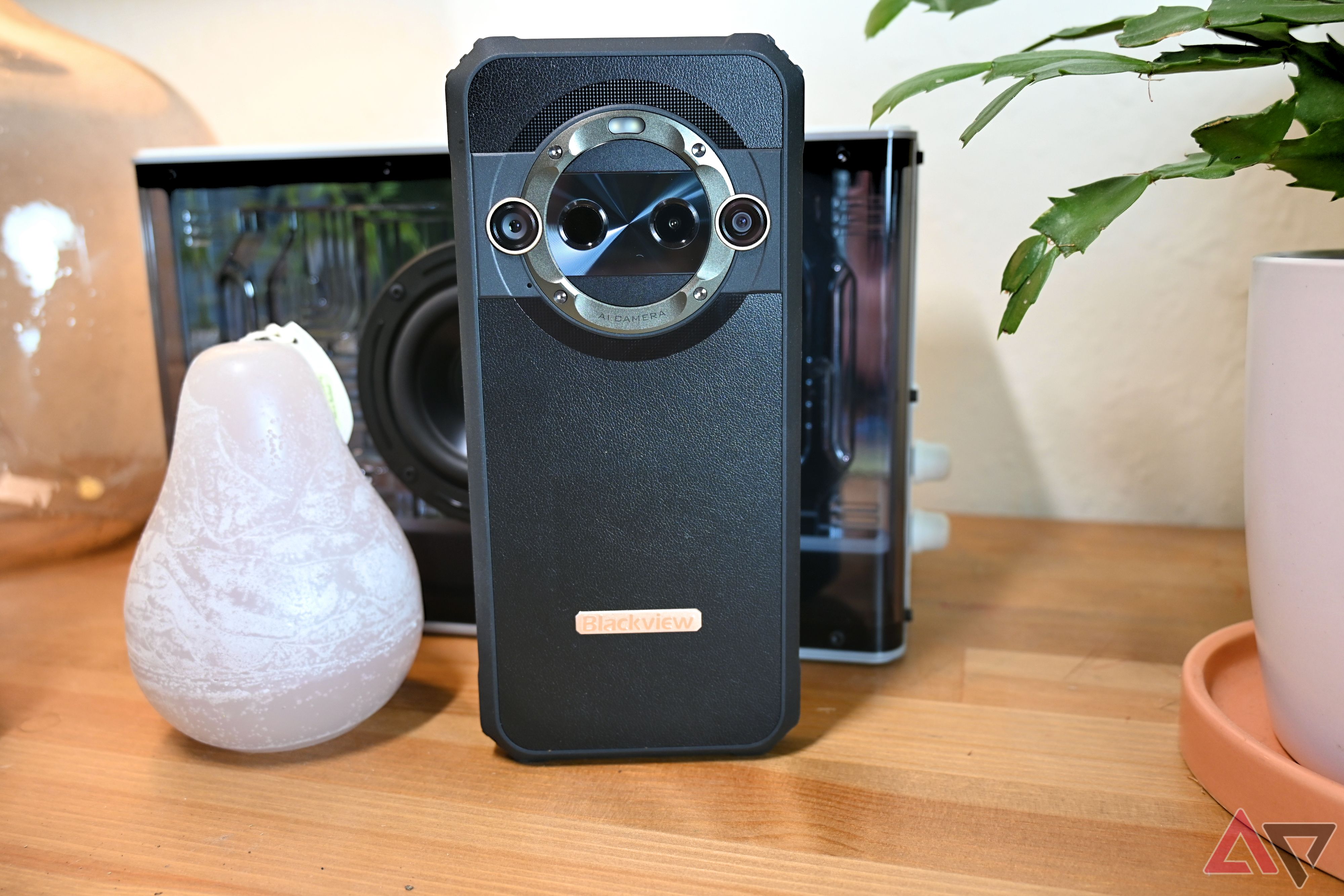
Blackview BL9000 Pro review: A rugged phone built to withstand anything
A rugged performer for the more adventurous type
When I changed the memory expansion setting in the Android settings menu to 4GB, I did notice a minor boost in Fallout Shelter, a game consisting of animated 2D sprites over a 3D rendered background. On a bargain-basement device presumably marketed towards non-techies, it’s hard to expect a new tablet user to know where to find that setting.
The interface isn’t very polished, either. The myriad mistranslations and spelling errors were more amusing than negatively impactful, at least. But there’s nothing in the way of customization or refined features.
Daytime pictures are OK, but dusk is rough, and nighttime images are poor
The biggest problem, though, is that a concerning number of apps refused to run in landscape orientation. The only way I could conveniently access my ProtonMail account was via browser since I (like most people) don’t typically hold a tablet like a phone. If somebody’s never used an Android tablet before, it won’t leave a good first impression.
Should you buy it?
The only reason you should consider the Blackview Tab 70 is if it offers an even steeper discount than the $100 it typically costs. That’s not impossible, but it’s also not likely. The 2023 Amazon Fire HD 10 usually offers the same $100 mark, with markedly better performance and comparable functionality if you sideload the Google Play Store. Even the 2022 Fire HD 8 Plus outperforms Blackview’s arguably below-entry-level slate, especially if you’re a fan of smaller tablets.
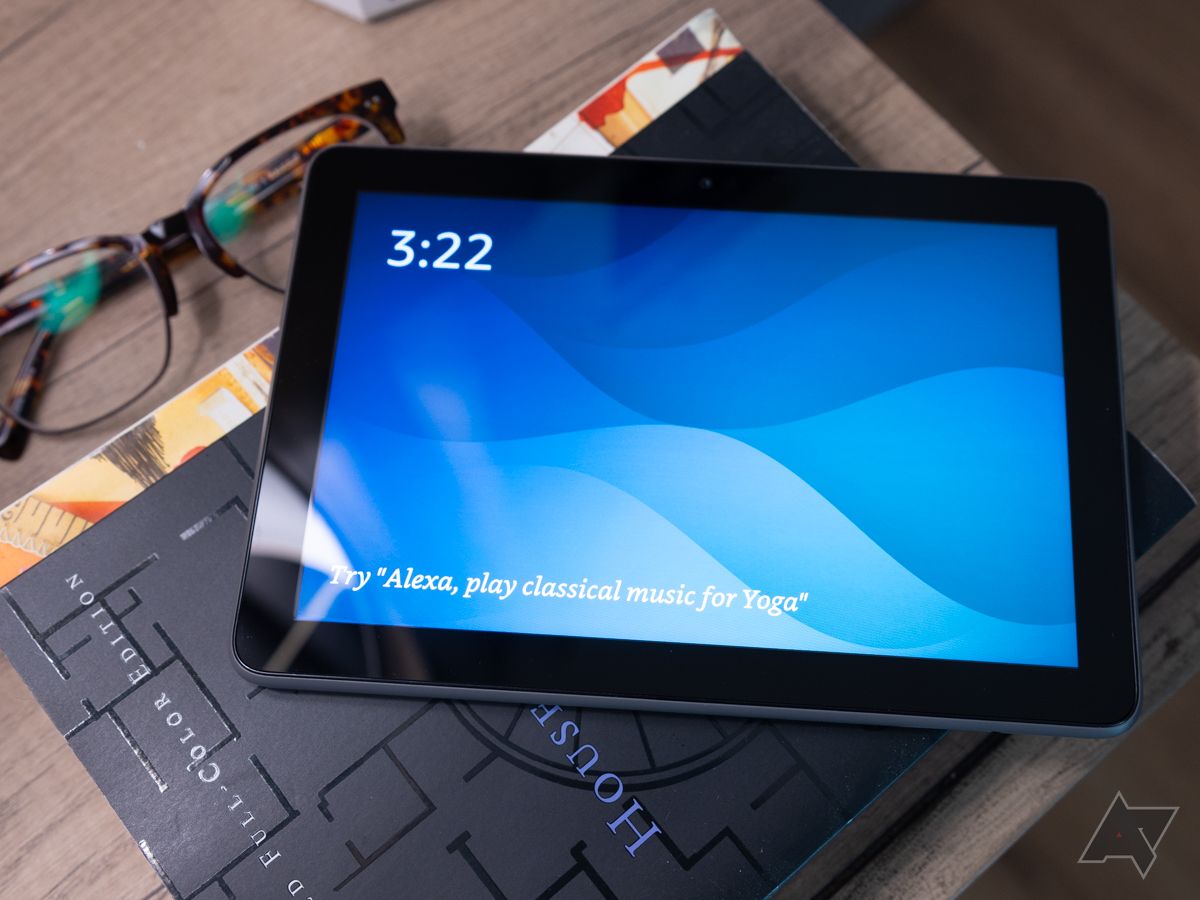
Amazon Fire HD 8 Plus (2022) review: Who is this for?
Kids? Adults? The compact size is tempting, but the grass is greener elsewhere.
As long as it stays at this price point, the Tab 70 is tough to endorse. But if it dips to the $70 range or so, then it’s roughly worth the money — as long as you fully understand what you’re getting into.

Blackview Tab 70 Wi-Fi
Incredibly basic
$90 $160 Save $70
The Blackview Tab 70 Wi-Fi allows for basic web browsing and simple app use but falls short in performance, touch response, and software implementation. Its inconsistent manufacturer claims also make it a tough device to recommend.
Source link

